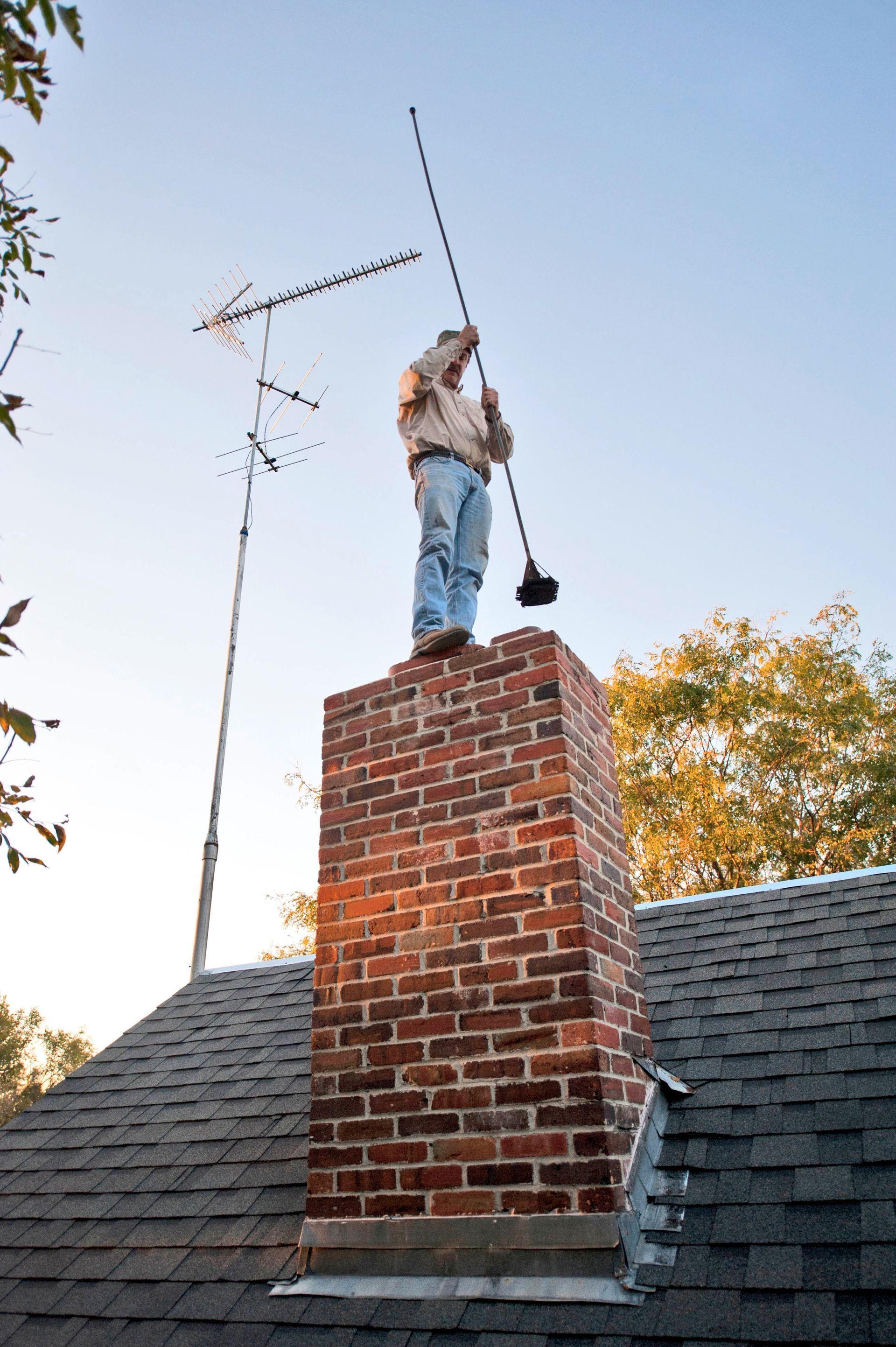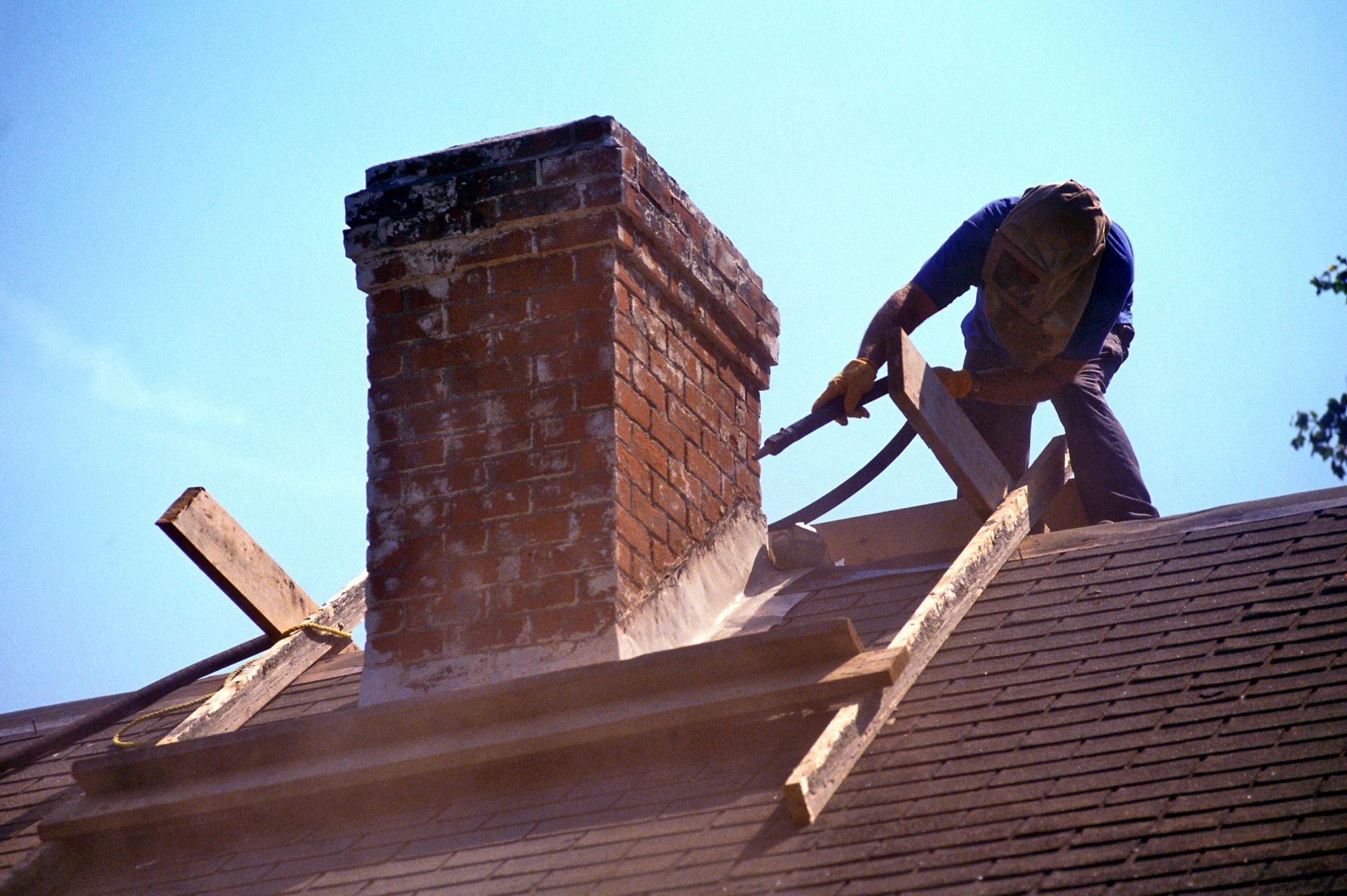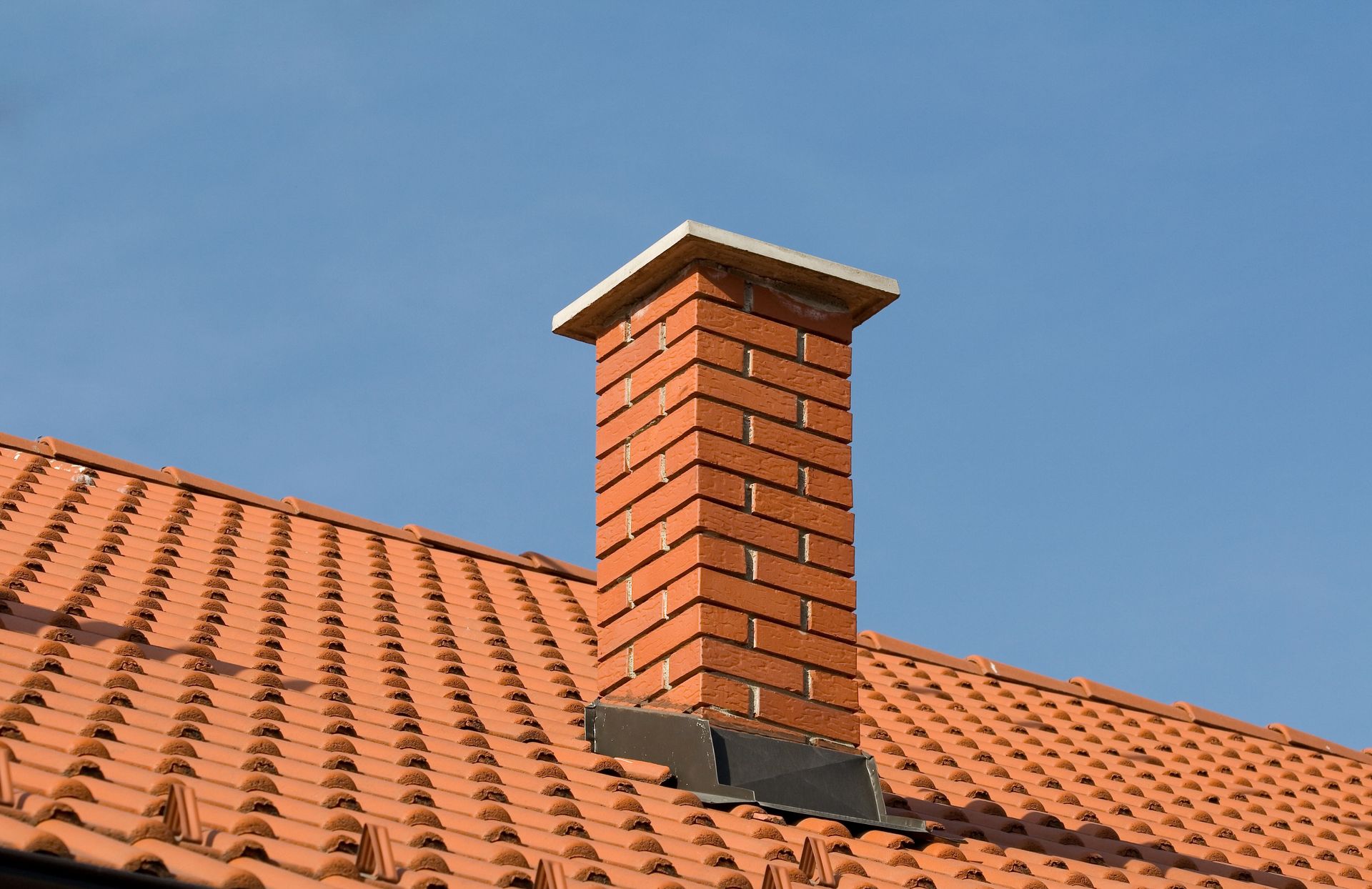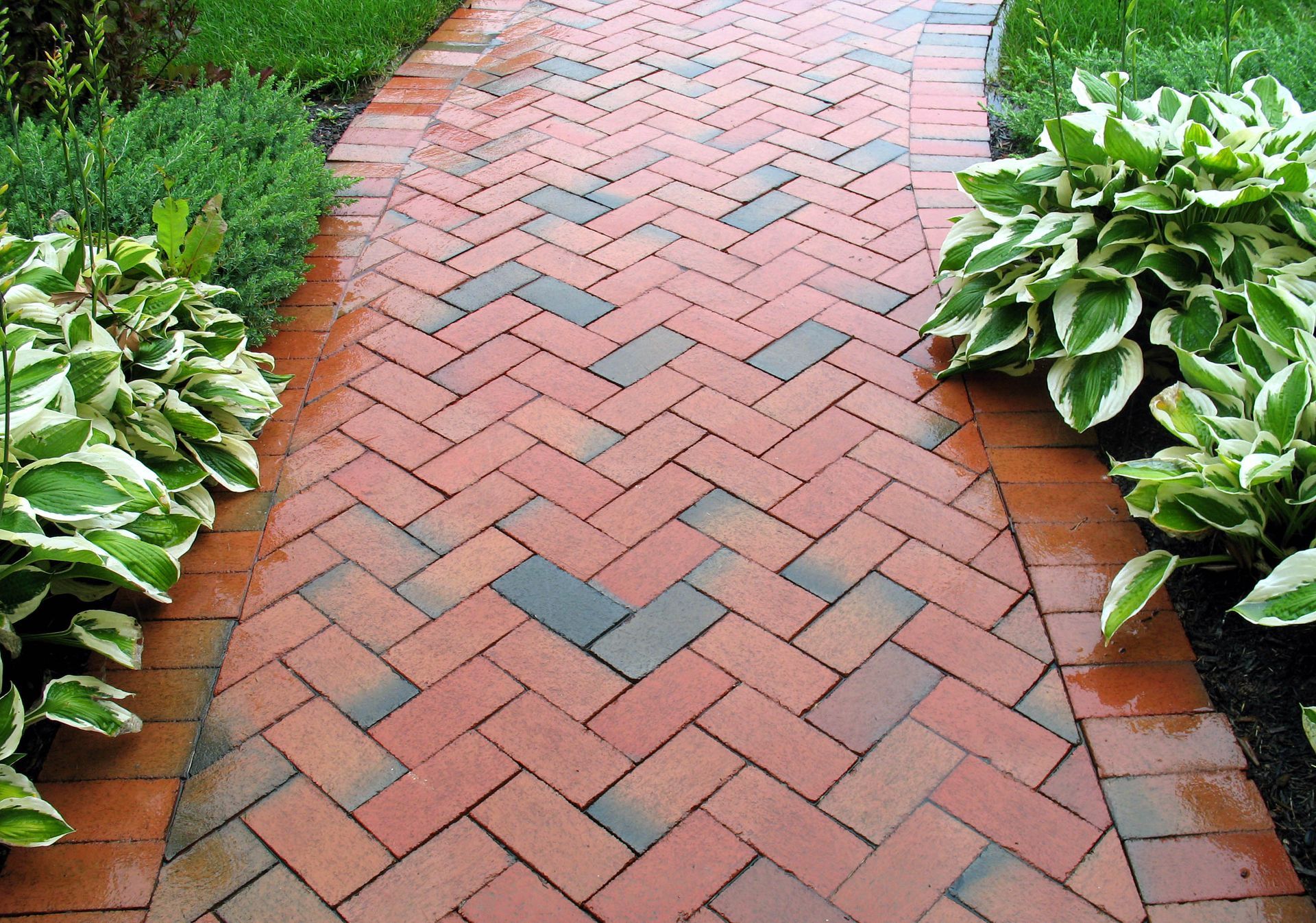4 Questions to Ask Your Chimney Sweep
Your chimney is an essential part of your home's heating and ventilation system, yet it's often overlooked until problems arise. Regular maintenance ensures that smoke and gases are properly vented and that your fireplace operates safely and efficiently. Hiring the right professional is crucial, and asking the right questions can make a significant difference in your experience. In this guide, we'll explore four key questions to ask your chimney sweep and why these conversations matter for your home's safety and performance.
What Experience Do You Have With Different Chimney Types?
Chimneys come in a variety of shapes, sizes, and materials, from traditional brick flues to metal or prefabricated systems. Understanding a chimney sweep's experience with these different setups is critical. A sweep familiar with multiple types of chimneys can quickly identify potential issues such as blockages, structural damage, or improper draft.
When discussing experience, it's helpful to provide details about your specific system. For example, older brick chimneys may require careful inspection for cracks or crumbling mortar, while metal chimneys might need a different approach to cleaning and maintenance. Ask your chimney sweep about the types of systems they regularly service and any challenges they have encountered in the past. This information gives you insight into whether they can handle your chimney effectively and can prevent potential damage from improper cleaning methods.
Additionally, inquire about their approach to inspecting the venting system and fuel type. Chimney performance can vary greatly depending on whether you burn wood, gas, or pellets. A chimney sweep who understands these differences can recommend the proper maintenance schedule and cleaning techniques, improving the overall safety and efficiency of your fireplace or stove.
Can You Provide References or Reviews?
Hearing from past customers is one of the best ways to gauge the reliability and quality of a chimney sweep. References or online reviews can highlight the sweep's professionalism, attention to detail, and ability to handle unexpected issues.
When speaking with a chimney sweep, ask for a few recent references from homeowners in your area. Follow up with these individuals to learn about their experience, including whether the sweep arrived on time, completed the work efficiently, and provided useful recommendations. If you prefer, check online platforms for verified reviews and testimonials. Look for patterns in the feedback—consistent praise or repeated complaints can reveal a lot about what you can expect.
A sweep with strong references demonstrates accountability and a commitment to quality service. Knowing that other homeowners have had positive experiences can give you confidence in your choice, especially when inviting someone into your home to inspect and clean a potentially hazardous system.
How Often Should My Chimney Be Serviced?
Determining the proper maintenance schedule for your chimney depends on several factors, including the type of fuel you use, the frequency of use, and the design of your venting system. This is why asking a chimney sweep about service frequency is essential.
According to Today, it's sometimes necessary to sweep your chimney more than once a year, especially if the operator, the fuel, or the venting system are not properly matched. For example, homeowners who use their fireplace daily or burn softwood may accumulate creosote more quickly than those who use it occasionally. Likewise, gas or pellet stoves might require less frequent cleaning but still benefit from periodic inspections to ensure the venting system remains clear.
A qualified chimney sweep can evaluate your specific situation and recommend a tailored schedule. Ask about signs that indicate your chimney needs attention, such as smoke spillage into the room, a strong odor of smoke, or visible soot buildup. Knowing when and how often to have your chimney serviced can prevent costly repairs and reduce the risk of chimney fires.
What Steps Do You Take During a Chimney Inspection and Cleaning?
Understanding the process your chimney sweep follows during an inspection and cleaning is crucial for setting expectations and ensuring thorough service. Each professional may have slightly different methods, but a reliable sweep should be able to explain the steps clearly and provide insight into what they check for.
Start by asking about the inspection process. A chimney sweep should examine the chimney liner, flue, firebox, and any venting components. They may use cameras or mirrors to inspect hard-to-see areas for cracks, blockages, or damage. During the cleaning process, the sweep should remove creosote, soot, and debris that could restrict airflow or pose a fire hazard.
Additionally, discuss how the chimney sweep addresses potential hazards. For example, nests, leaves, or animal debris can obstruct the flue, leading to poor ventilation. Ask how they handle these situations and whether they provide recommendations for keeping the chimney clean between visits. A clear understanding of the inspection and cleaning process ensures there are no surprises and allows you to monitor the sweep's thoroughness.
Additional Considerations When Choosing a Chimney Sweep
While these four questions form the foundation of your conversation, several other factors can influence your decision. For instance, ask about the estimated time required for the service and whether the sweep performs the work alone or with assistance. You can also inquire about their approach to communicating issues and whether they provide a written summary of findings or recommendations.
Pay attention to professionalism and responsiveness. A chimney sweep who answers questions thoroughly, arrives on time, and communicates clearly demonstrates respect for your home and your time. Even small indicators of professionalism can make a difference when hiring someone to work on an essential system in your home.
Furthermore, consider seasonal timing. Scheduling your chimney service during the off-season, such as late spring or early summer, may allow for more flexible appointments and reduce the likelihood of delays. This is especially helpful if your chimney requires more than one service in a year due to heavy usage.
Signs You Need a Chimney Sweep
Knowing when to contact a chimney sweep can prevent problems from escalating. While a professional can provide a recommended service schedule, homeowners should also watch for warning signs. These can include visible creosote buildup in the flue, smoke entering the living space, unusual smells, or difficulty starting a fire.
Regular cleaning not only maintains efficiency but also protects your home from potential hazards. A chimney that is neglected or improperly maintained can contribute to poor indoor air quality or even become a fire risk. Observing these signs and contacting a chimney sweep promptly can help you maintain a safe, functional fireplace year-round.
Tips for Maintaining Your Chimney Between Services
Even with regular professional service, homeowners can take steps to maintain their chimney between visits. Simple habits like burning dry, seasoned wood, avoiding paper or trash in the fireplace, and using a fireplace screen can help reduce buildup and protect your home.
Properly managing the type of fuel and keeping the fireplace area clean minimizes creosote accumulation and makes the chimney sweep's job more effective. Additionally, ensure that the area around the chimney remains clear of debris, overhanging branches, or other obstructions that could compromise safety or accessibility. While these actions do not replace professional maintenance, they complement the work of a chimney sweep and help prolong the life of your chimney system.
Choosing the right chimney sweep requires careful consideration and open communication. Remember that chimneys are integral to your home's safety and comfort, and regular professional maintenance is an investment in both. For chimney sweep services you can count on, contact J&A Masonry, LLC today!





Share On: